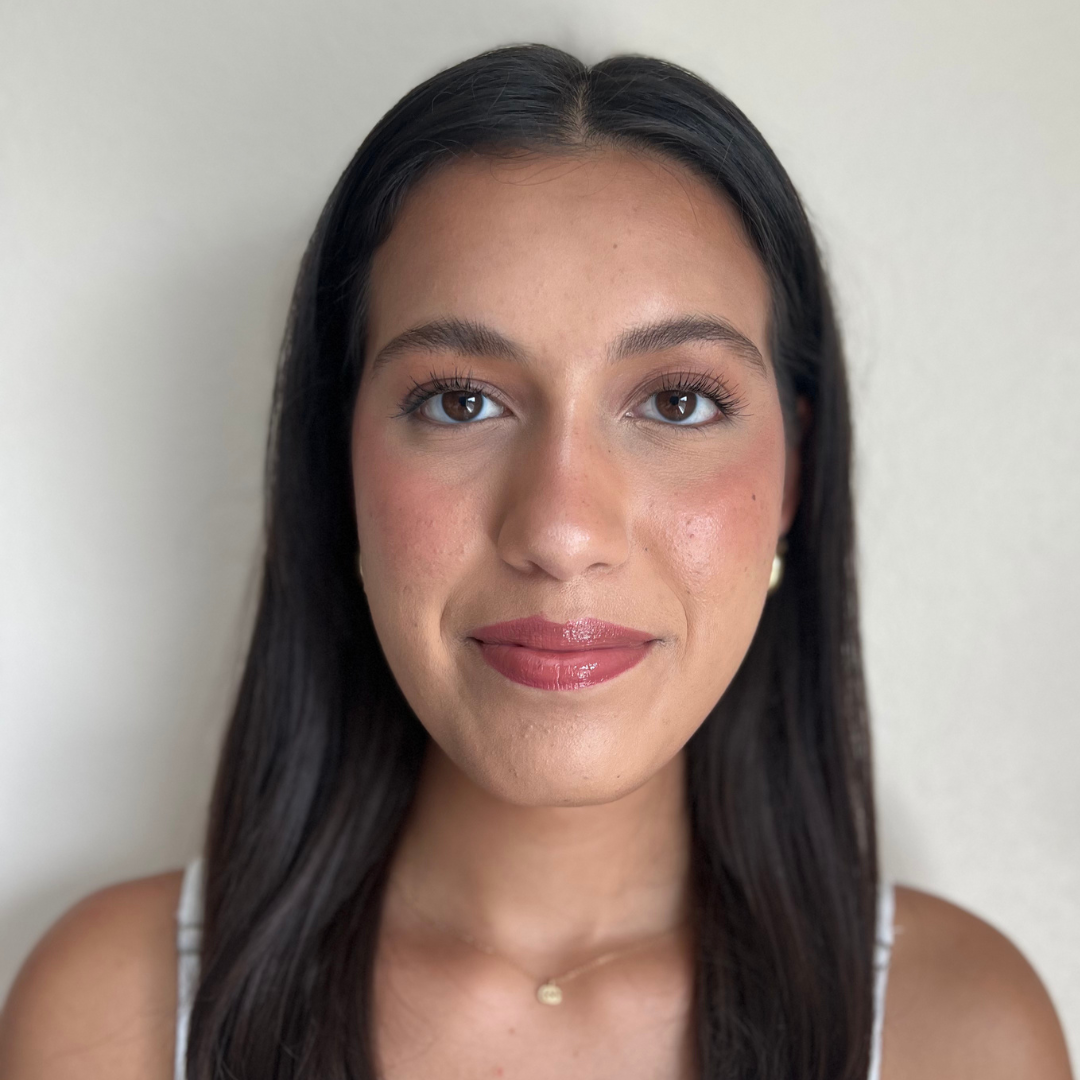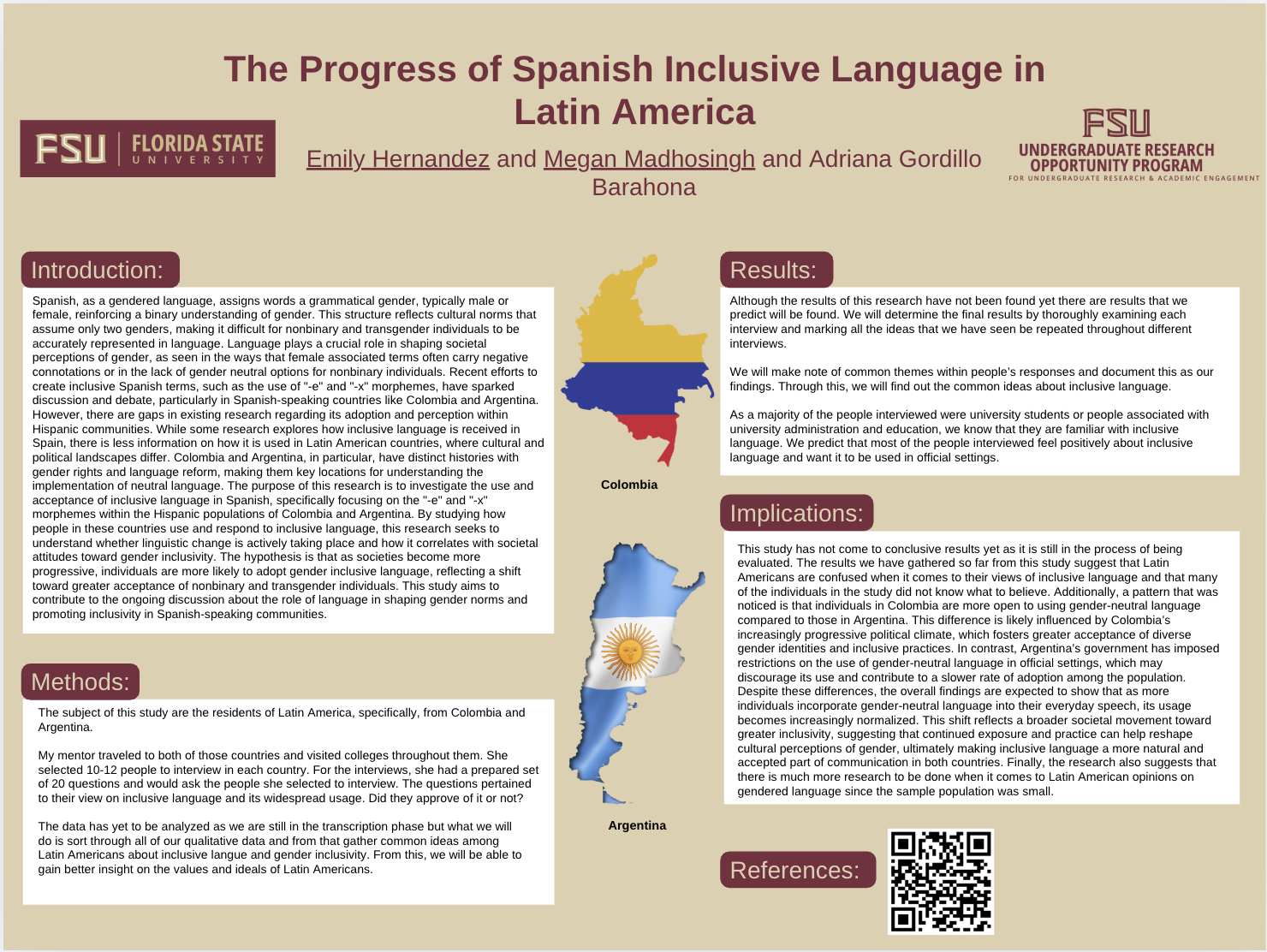Research Symposium
25th annual Undergraduate Research Symposium, April 1, 2025
Megan Madhosingh Poster Session 4: 3:00 pm - 4:00 pm/ Poster #133

BIO
I was born in Mexico and moved to the United States at the age of 8, since then I have grown up in Miami.Now as a political science and women’s studies major, I aspire to become a prosecutor specializing in sex crimes, driven by my commitment to advocating for survivors of sexual assault and domestic violence. My research for this project focuses on the impact of inclusive language in social contexts, particularly in addressing gender-based systems. I believe language plays a critical role in shaping public perception, policy, and legal outcomes, and I aim to learn as much as I can about social equality so I can apply it to my future career. Through my work, I hope to challenge systemic biases, promote legal reforms, and contribute to a more inclusive and equitable justice system and social system.
The Progress of Spanish Inclusive Language in Latin America
Authors: Megan Madhosingh, Adriana Gordillo BarahonaStudent Major: Political Science and Women's Studies
Mentor: Adriana Gordillo Barahona
Mentor's Department: Department of Modern Languages and Linguistics Mentor's College: The College of Arts and Sciences Co-Presenters: Emily Hernandez
Abstract
The Spanish language is a gendered language, which is a language in which words are assigned a specific gender, either male or female. What gender is assigned to each word is often a reflection of Hispanic culture. . The project explores Spanish inclusive language, specifically the use of -e and -x morphemes as neutral categories within the Hispanic Population. Using inclusive language is important because it challenges traditional gender norms embedded in the language, fostering greater equality and representation for all genders. Gendered languages are built on the assumption that there are only two genders, excluding non cis individuals. Gendered terms also perpetuate the oppression of women as terms that are typically gendered as female hold negative connotations. For this project, 10 individuals were interviewed in each Argentina and Colombia and asked survey questions on their knowledge of Spanish inclusive language. These interviews were then transcribed and evaluated. The anticipated result is that the use of inclusive language is increasing in both countries, demonstrating a growing awareness of and commitment to fostering inclusivity despite varying levels of adoption and understanding. It is expected that Colombian individuals are more likely to use gender-inclusive language and display high levels of familiarity with the subject compared to Argentinina, due to cultural differences between the countries. This shows that although slow, there is progressive change being made in Hispanic countries when it comes to inclusive language and gender neutral terms, leaving hope that inclusive language could become the default.
Keywords: inclusive language, gender, spanish, diversity


